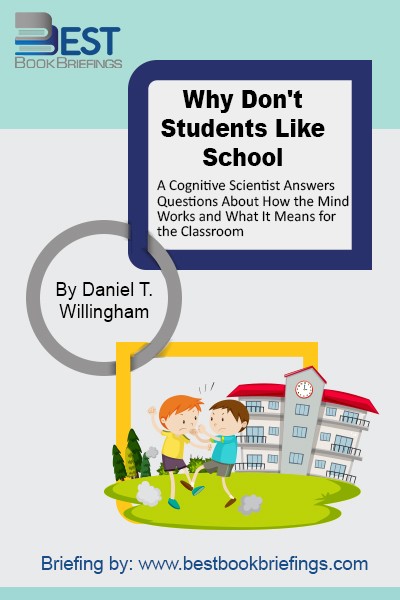Why Don't Students Like School
A Cognitive Scientist Answers Questions About How the Mind Works and What It Means for the Classroom
Editorial Review
Why Don’t Students Like School began as a list of nine principles that are so fundamental to the mind’s operation that they do not change as circumstances change. They are true in the classroom as they are in the laboratory and therefore can reliably be applied to classroom situations. These nine principles are presented in the form of nine questions and answers, in pursuit of two goals: to tell you how your students’ minds work, and to clarify how to use that knowledge to be a better teacher. From each answer springs a cognitive principle that is further explored with a focus on what it implies for the classroom. As such, Why Don’t Students Like School serves nine guiding cognitive principles alongside the elaborate answers to questions that most teachers are likely preoccupied with.
Book Reviews
Books on Related Topics
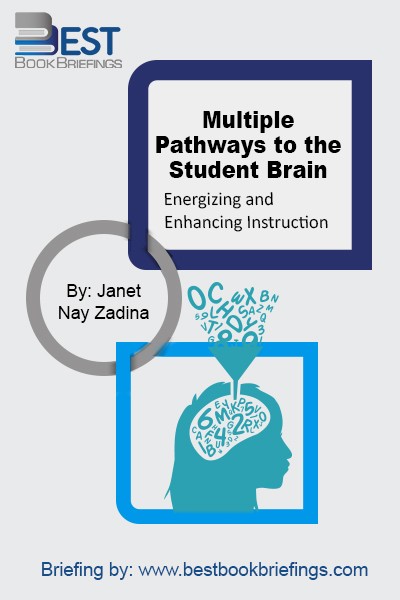
In order to orchestrate optimal learning, we must have an understanding of how the brain learns and what is required prior to the introduction of new information. The purpose of this book is to inform you about the complexity of students’ brains and, thus, the challenge and importance of teaching. Our
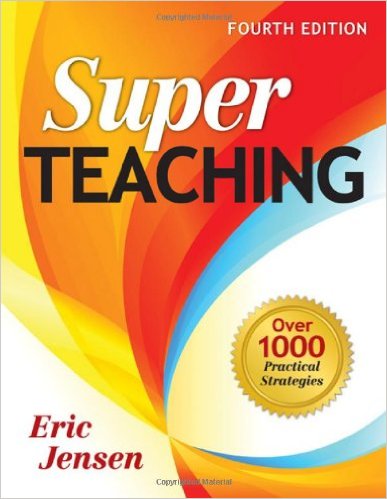
This book encourages a more effective role of the educators in the class through powerful strategies and techniques. The problems educators face today are about the vision and possibility that can be brought forth to make education work. These problems are, to a large degree, symptoms. Many teachers, especially new ones,
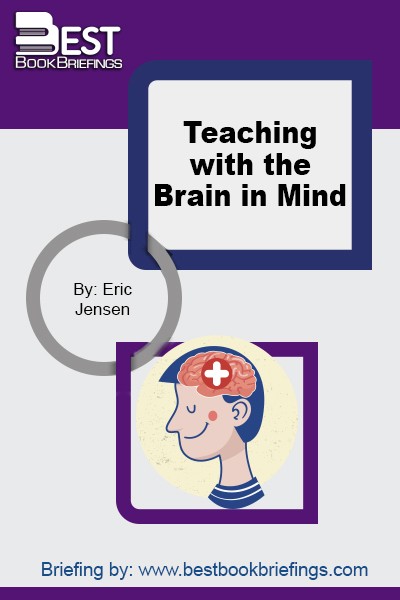
Let’s acknowledge two fundamental facts. First, students who attend school from kindergarten through secondary school typically spend more than 13,000 hours of their developing brain’s time in the presence of teachers. Second, their brains are highly susceptible to environmental influences—social, physical, cognitive, and emotional. And, more important, their brains will be
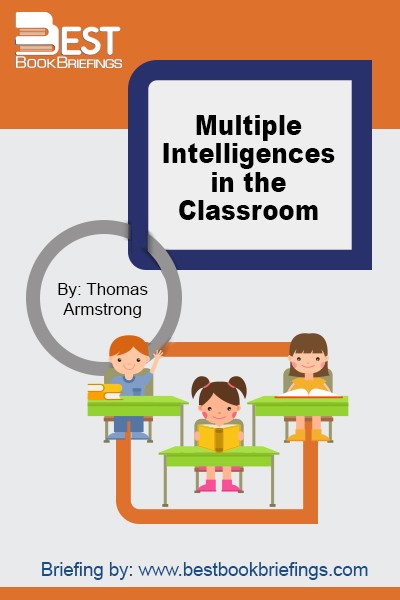
In Multiple Intelligences in the Classroom, Thomas Armstrong describes how educators can bring Howard Gardner's theory of multiple intelligences into the classroom every day. Combining clear explanations and practical advice, Multiple Intelligences in the Classroom is an excellent guide to identifying, nurturing, and supporting the unique capabilities of evey student.
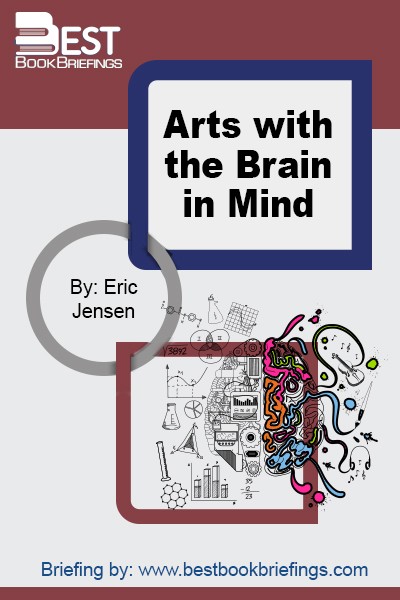
How do the arts stack up as a major discipline? What is their effect on the brain, learning, and human development? How might schools best implement and assess an arts program?? Eric Jensen answers these questions C and more C in this book. To push for higher standards of learning, many
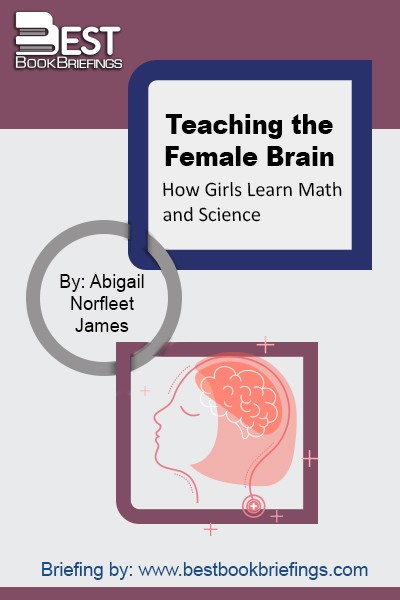
Girls need your support, as there is so much in their lives that works against them to succeed academically especially in the science, technology, engineering, and math (STEM) courses. They may not ever want to continue in these courses into college, but they should be given the chance to do well.
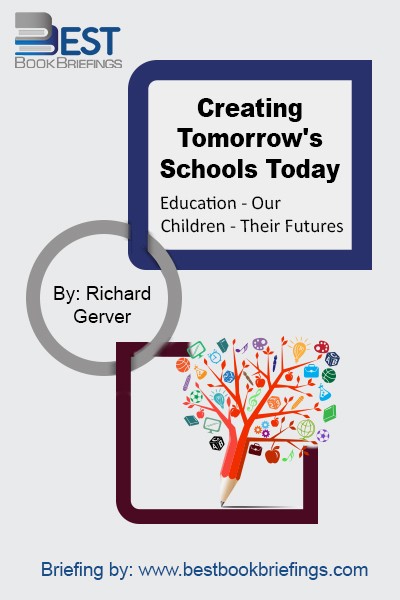
There is a wide recognition around the world that the traditional models of schooling are no longer fit for purpose. Teaching is an extraordinary profession, a vocation and, above all, a great privilege. However, teachers cannot educate children by themselves. It is not teachers or parents who are the shapers of
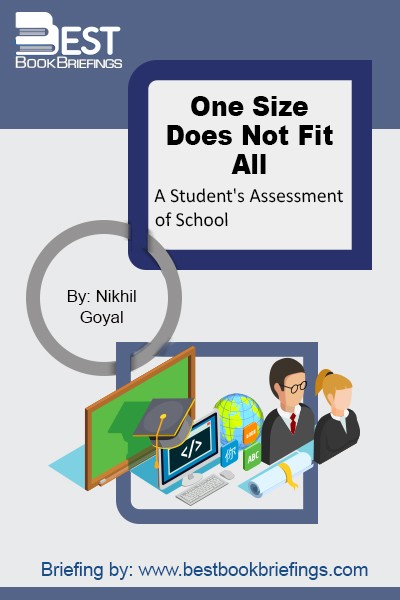
This book tackles the development of the education model and the reasons why students don't like schools. The education model is teacher-focused, one-size-fits-all, and the student is isolated in the learning process. Yet the students, who have grown up in an interactive digital world, learn differently. Schooled on Google and Wikipedia,
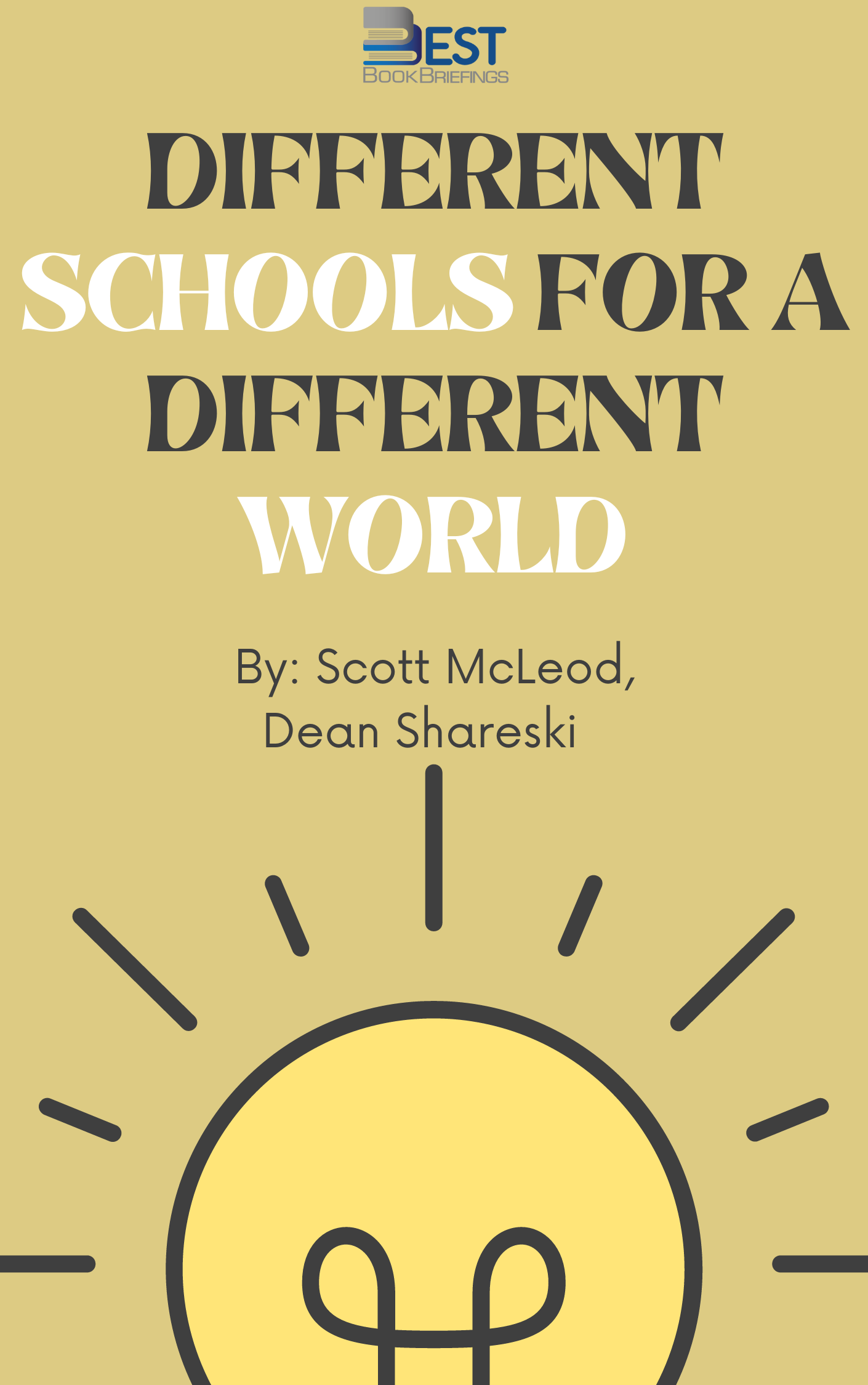
If political and school leaders—whom we consider the major audiences for this book—want to adapt learning and teaching environments to the demands of the 21st century, it is imperative that they understand the real challenges that future graduates will face. If we hope to prepare our students and graduates for the

